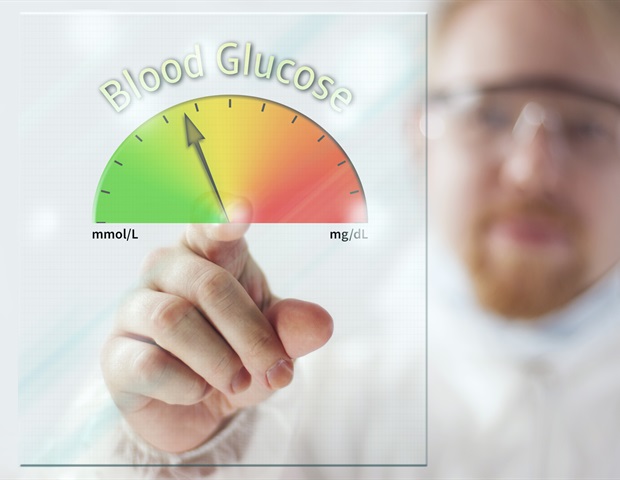A study conducted at the Center for Research on Redox Processes in Biomedicine (Redoxoma) helps understand how high blood sugar (hyperglycemia), one of the manifestations of diabetes, can cause thrombosis. The findings, reported in an article published in the Journal of Thrombosis and Haemostasis , can contribute to the development of strategies to prevent cardiovascular dysfunction in diabetics. The leading causes of death in Brazil and several other Latin American countries are ischemic events such as heart attacks and strokes, in which arterial thrombosis is a major precipitating factor.
These cardiovascular disorders can arise out of several risk factors, such as hyperglycemia, dyslipidemia and hypertension. Among these, hyperglycemia appears to be associated to a significant extent with cardiovascular disease." Renato Simões Gaspar, first author of the article The investigation was conducted with support from FAPESP during Gaspar's postdoctoral research and led by Francisco Laurindo, last author of the article.
Laurindo is a professor affiliated with the University of São Paulo's Medical School (FM-USP) in Brazil and a member of Redoxoma, which is a Research, Innovation and Dissemination Center (RIDC) established by FAPESP at the Institute of Chemistry (IQ-USP). Gaspar currently teaches at the State University of Campinas (UNICAMP). According to the authors, prolonged hyperglycemia and diabetic ketoacidosis are associated with a heightened risk of thrombosis because .


















